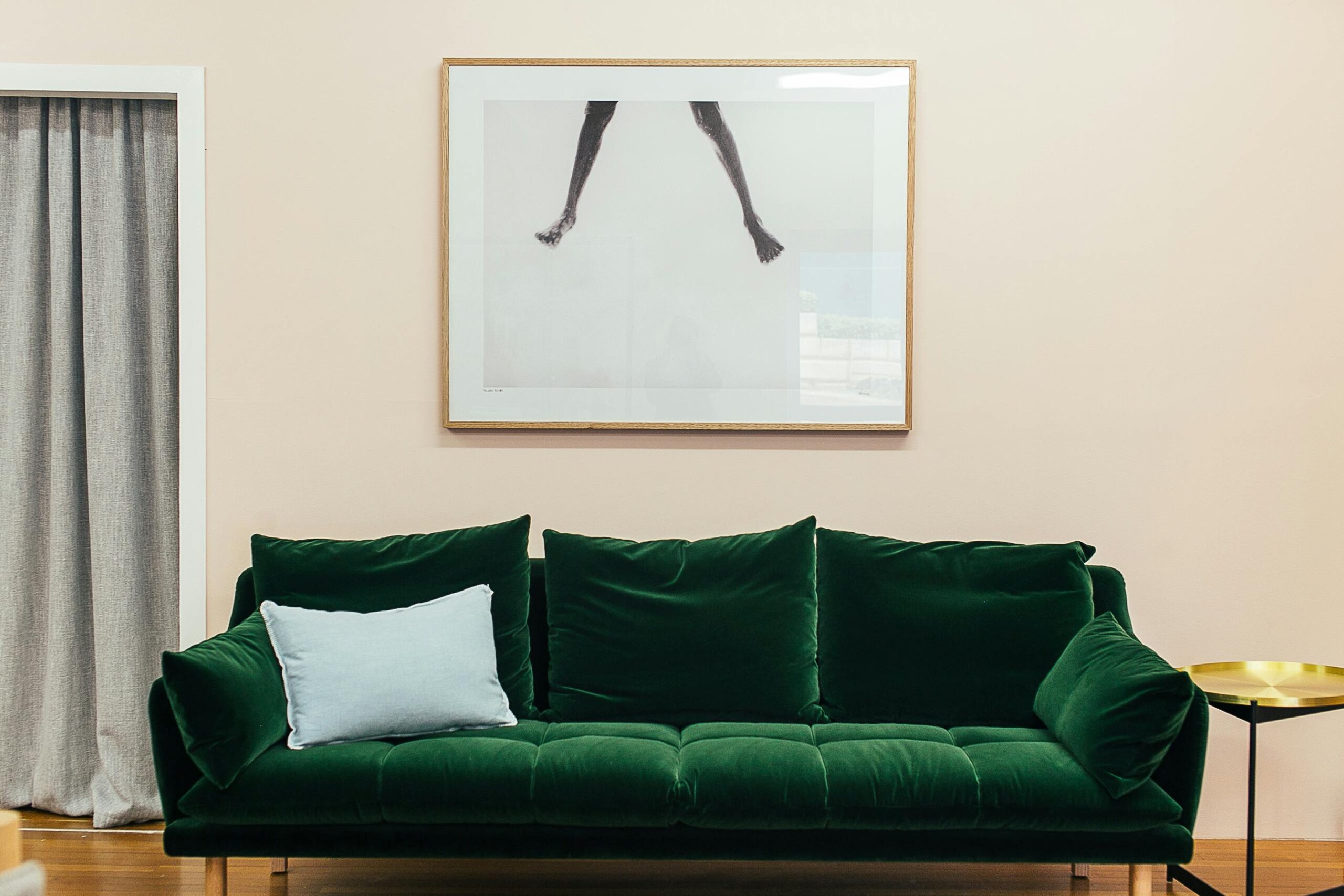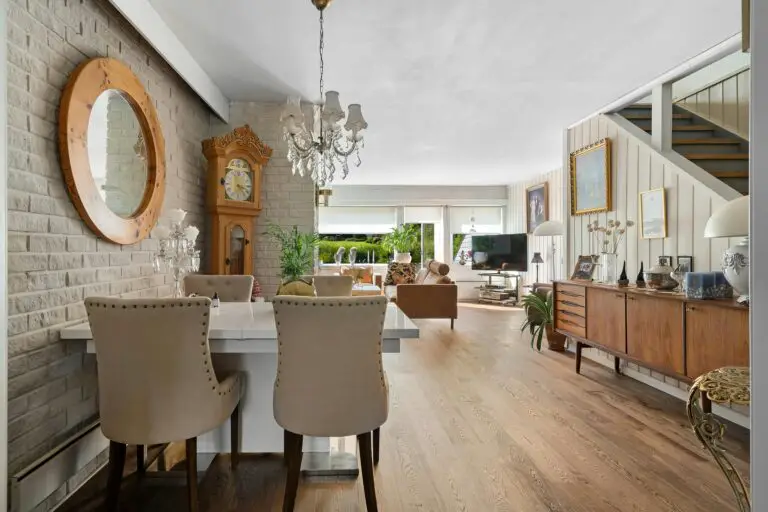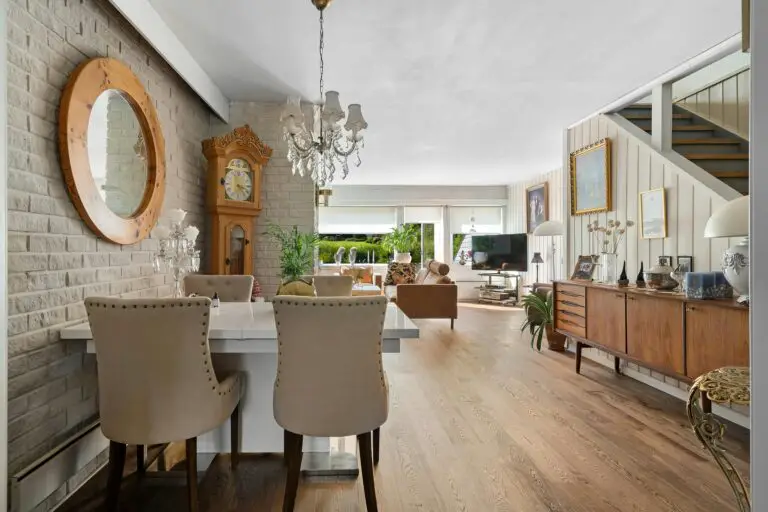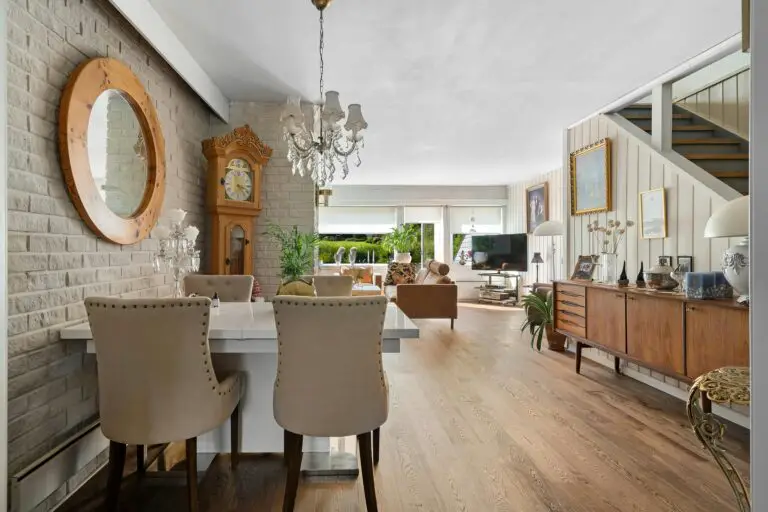Your space is more than just walls, floors, and furniture; it’s a canvas waiting to be adorned with the masterpiece of your choice. Enter the world of statement art, where a single piece can transform a room from ordinary to extraordinary.
This blog explores the profound power of statement art and guides you on how to create a focal point that captures the essence of your space.
I. The Impact of Statement Art
Art has an unparalleled ability to evoke emotions, convey stories, and ignite conversations. Statement art takes this impact to the next level. It’s not just a piece of decor; it’s a magnetic force that draws your gaze, stirs your thoughts, and sets the tone for the entire room. A well-chosen statement artwork can turn your space into a gallery, a sanctuary, or a vibrant hub of creativity.
II. Importance of Focal Points in Interior Design
Focal points are like the stars of the show in a well-designed space. They provide visual interest, establish hierarchy, and guide the eye. Whether it’s a dramatic painting, an intricate sculpture, or an eye-catching installation, statement art has the potential to become the focal point your space craves. It’s a design element that can tie everything together and make your interior sing.
III. Choosing the Right Statement Art
Understanding Your Style and Aesthetic
Your statement art should be an extension of your personality and taste. Dive deep into your style preferences, be it classic, contemporary, abstract, or eclectic. Consider the colors, themes, and emotions that resonate with you. Your art should tell a story that aligns with your narrative.
Sizing and Scale Considerations
Size matters in the world of statement art. Assess the proportions of your space and the impact you want to create. An oversized artwork can dominate a room, while a smaller piece can provide a touch of intrigue. Balance is key.
Color Palette and Compatibility
Harmony is crucial when it comes to colors. Your statement art should complement the existing color scheme of your space. It can serve as a unifying element or a striking contrast, depending on your design goals.
Artistic Mediums and Styles
Statement art comes in various forms: paintings, sculptures, photographs, and more. Explore different artistic mediums and styles to find the one that speaks to you. Don’t be afraid to mix and match to create a dynamic visual narrative.
Personal Connection and Emotional Appeal
The most impactful statement art is the one that resonates with you on a personal level. Look for pieces that evoke emotions, memories, or aspirations. Art isn’t just about aesthetics; it’s about the stories it tells.
IV. Placement and Positioning
Determining the Focal Point
Before you hang your statement art, identify the natural focal point of your room. It could be a fireplace, a large window, or an architectural feature. Your statement art should enhance, not compete with, this existing focal point.
Hanging and Mounting Statement Art
Proper installation is essential to ensure your statement art is safe and secure. Consider the type of wall and the weight of the artwork. Consult a professional if needed to avoid any mishaps.
Eye-Level Placement
The ideal viewing height for statement art is typically at eye level. This ensures that the art draws the viewer’s gaze without straining their neck. However, don’t be afraid to break the rules for dramatic effect.
Grouping and Arrangement Options
Statement art doesn’t have to stand alone. You can create captivating arrangements by grouping multiple pieces or combining art with mirrors, shelves, or other decor items. Experiment with layouts to find the most compelling arrangement.
Considering the Room’s Function
Think about how the room will be used when positioning your statement art. In a dining room, for example, the art might take center stage above the table, while in a bedroom, it could become a soothing backdrop.
V. Lighting for Emphasis
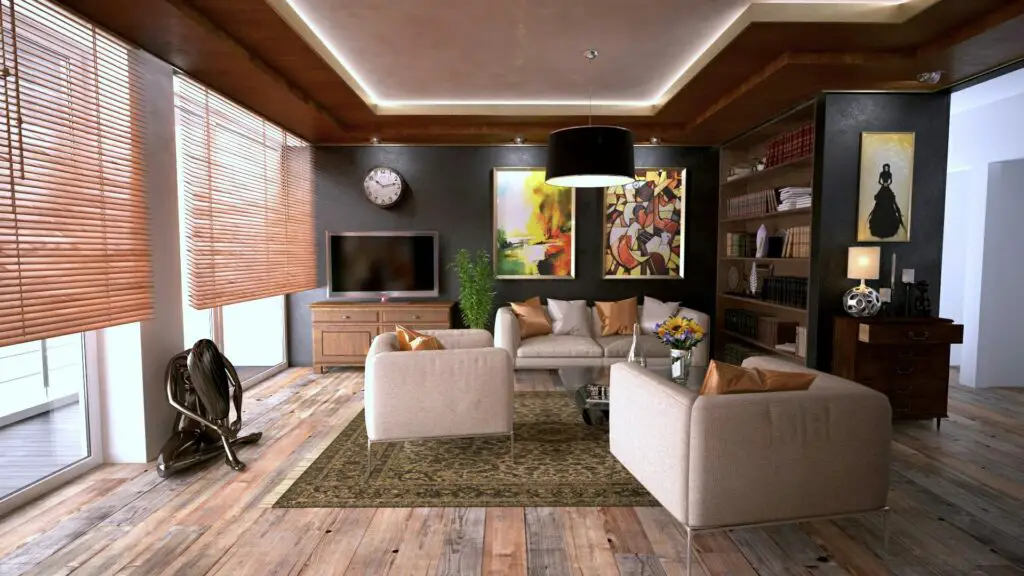
Using Lighting to Highlight Statement Art
Appropriate lighting can enhance the impact of your statement art. Whether it’s natural light, recessed lighting, or track lighting, consider how different lighting options can bring out the best in your art.
Types of Lighting Fixtures
Choose lighting fixtures that not only illuminate the art but also add to the overall ambiance of the room. Track lighting can be adjusted to highlight different aspects of the art, while picture lights can provide a warm glow.
Adjusting Lighting Intensity
Controlling the intensity of lighting is crucial. Dimmers or adjustable fixtures allow you to set the mood, creating different atmospheres throughout the day and night.
Incorporating Natural Light
Don’t forget the impact of natural light. Position your statement art where it can benefit from daylight without being exposed to direct sunlight, which can cause fading over time.
VI. Complementing Your Statement Art
Furniture and Decor Selection
The furniture and decor surrounding your statement art should enhance its presence. Consider shapes, materials, and colors that harmonize with the art, creating a cohesive design.
Color Coordination
Pull colors from your statement art into other elements of the room, such as throw pillows, rugs, or upholstery. This creates a sense of unity and balance in the space.
Texture and Material Pairing
Experiment with textures and materials that echo the textures in your statement art. For instance, if your art features rough textures, consider adding tactile elements to your decor.
Balancing Statement Art with Other Elements
While your statement art is essential, don’t overwhelm the space with too many bold elements. Balance is key to creating a harmonious interior that highlights the art without distractions.
Incorporating Statement Art into Existing Decor
You don’t need to start from scratch to incorporate statement art. Many existing spaces can be enhanced with carefully selected artwork that complements the current decor.
VII. Personalizing Your Space
Connecting with the Artwork
Your statement art should resonate with you on a personal level. It’s not just decoration; it’s an expression of your identity and values. Choose art that speaks to your soul.
Adding Personal Touches
Don’t be afraid to infuse your personal touch into the art arrangement. Whether it’s a collection of family photos, travel souvenirs, or handmade creations, your space should reflect your life story.
Creating Conversation Starters
Statement art often becomes a conversation starter. Choose pieces that provoke thought, spark curiosity, or invite guests to share their interpretations. Art can be a bridge for meaningful conversations.
Reflecting on Your Identity and Interests
Your statement art can reflect your passions and interests. Whether you’re an art connoisseur, a nature lover, or a history enthusiast, there’s art out there that resonates with your identity.
Celebrating Art as an Expression of Self
Art is a powerful form of self-expression. Your choice of statement art should celebrate your individuality and serve as a reminder of what makes you unique.
Conclusion
In the world of interior design, statement art is your ultimate tool for creating focal points that captivate the heart and soul of your space. It’s more than decor; it’s a narrative, a conversation, and a reflection of your unique identity. Embrace the power of statement art, and let your space tell a story that’s uniquely yours.
Frequently Asked Questions
1. What is a principle of art used to create a focal point?
Creating a focal point in art often relies on the principle of contrast. By contrasting elements like size, color, shape, or texture, artists can direct the viewer’s attention to a specific area or object within the artwork.
2. Why is it important to create a focal point?
Focal points serve as visual anchors in design. They provide a sense of balance, draw attention, and guide the viewer’s gaze. Focal points are essential for creating visual interest and hierarchy in a space.
3. How do you create a focal point in your space?
To create a focal point in your space, you can use statement art, bold colors, unique architectural features, or eye-catching furniture arrangements. The goal is to draw attention to a specific area and make it visually striking.
4. Why is it important for artists to create a focal point in their artwork?
Artists use focal points to convey their intended message, guide the viewer’s interpretation, and create a sense of visual harmony. Focal points help artists communicate their artistic vision effectively.
5. What can an artist do to create an effective focal point?
Artists can create effective focal points by using various techniques, such as contrast, emphasis, composition, and visual hierarchy. These elements help direct the viewer’s attention and create a focal point within the artwork.
6. What are the three ways an artist can achieve a focal point?
Artists can achieve a focal point through size, contrast, and placement. By making an element larger, contrasting it with the surroundings, or strategically placing it within the composition, they can create a focal point.
7. What do artists use to draw our attention to a focal point?
Artists use various visual cues and techniques to draw our attention to a focal point. These may include color, shape, line, texture, and lighting. The choice of these elements can influence how we perceive and engage with the artwork.
8. How does an artist create a focal point using lines?
Lines can be used to lead the viewer’s eye toward a focal point. Converging lines, diagonal lines, or bold outlines can all serve to direct attention to a specific area within the artwork.
